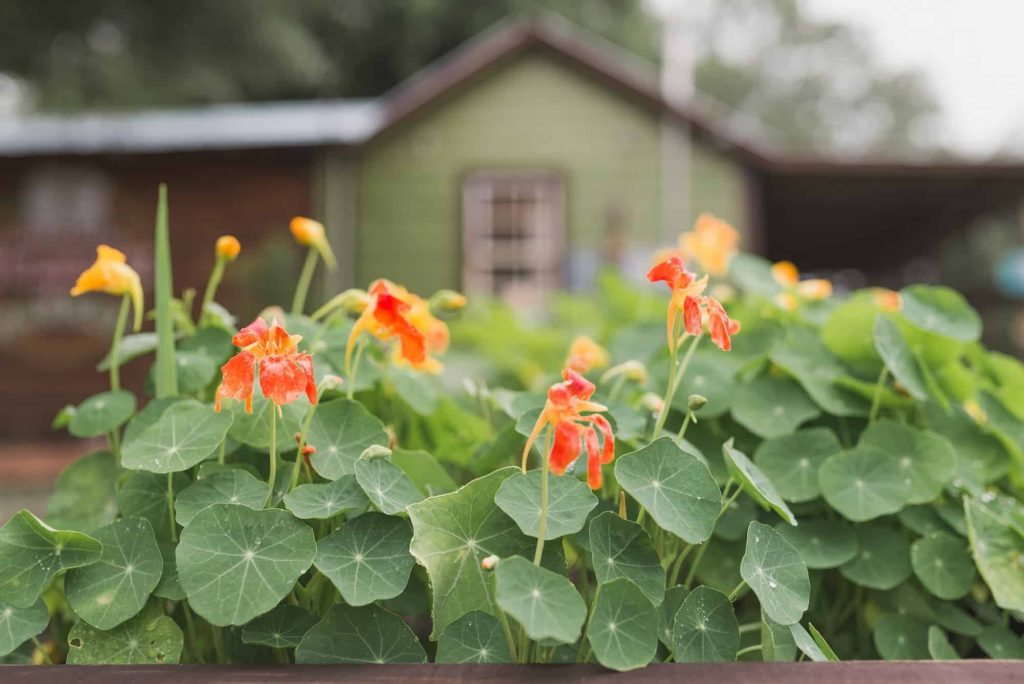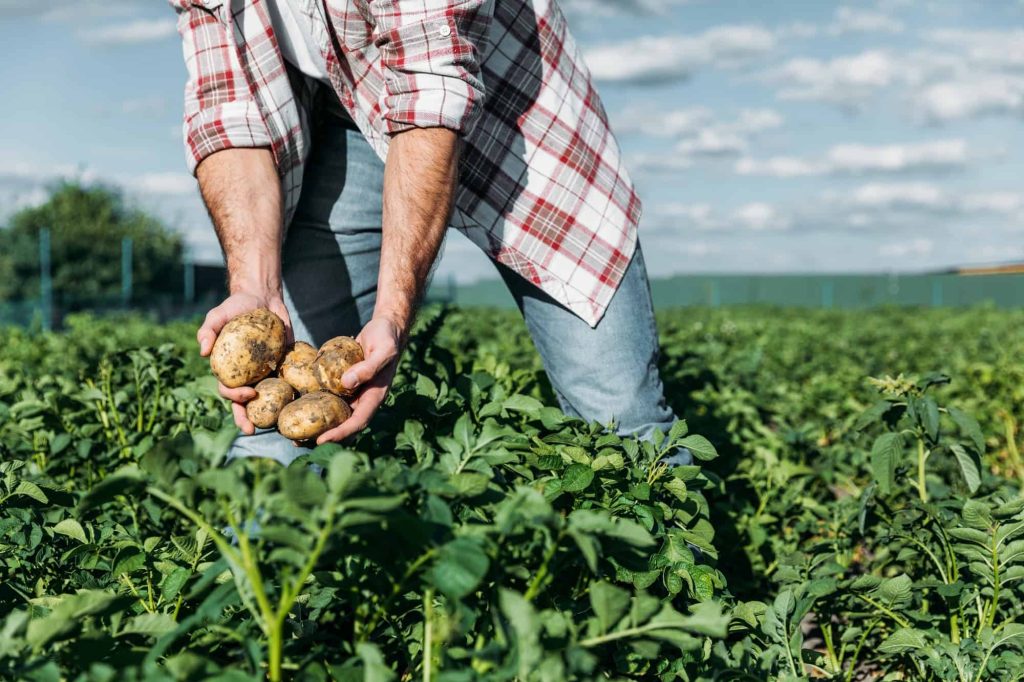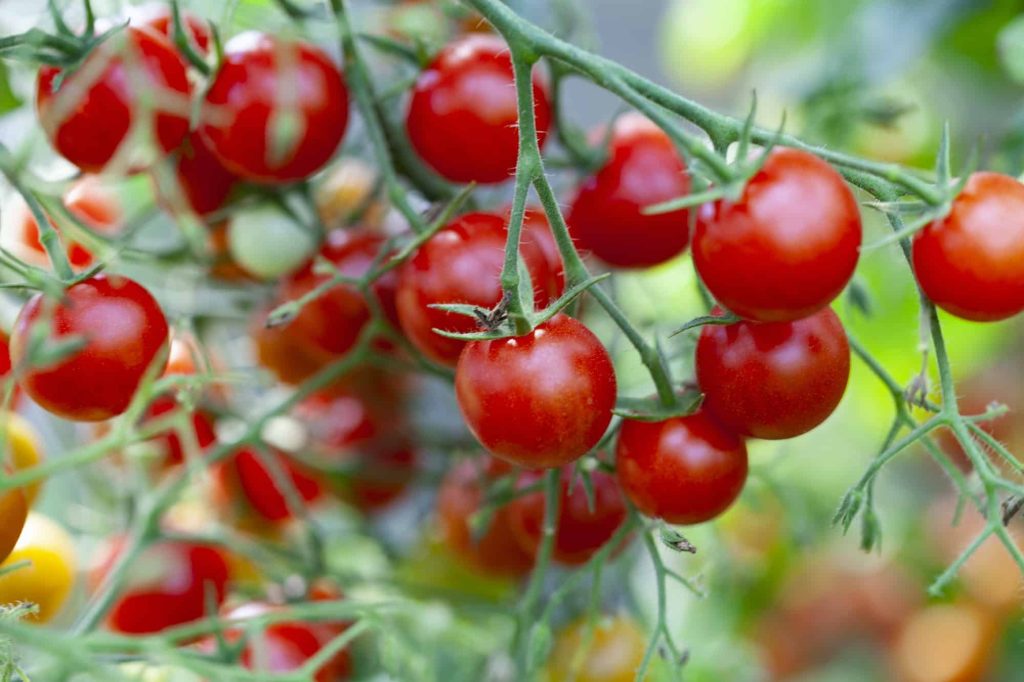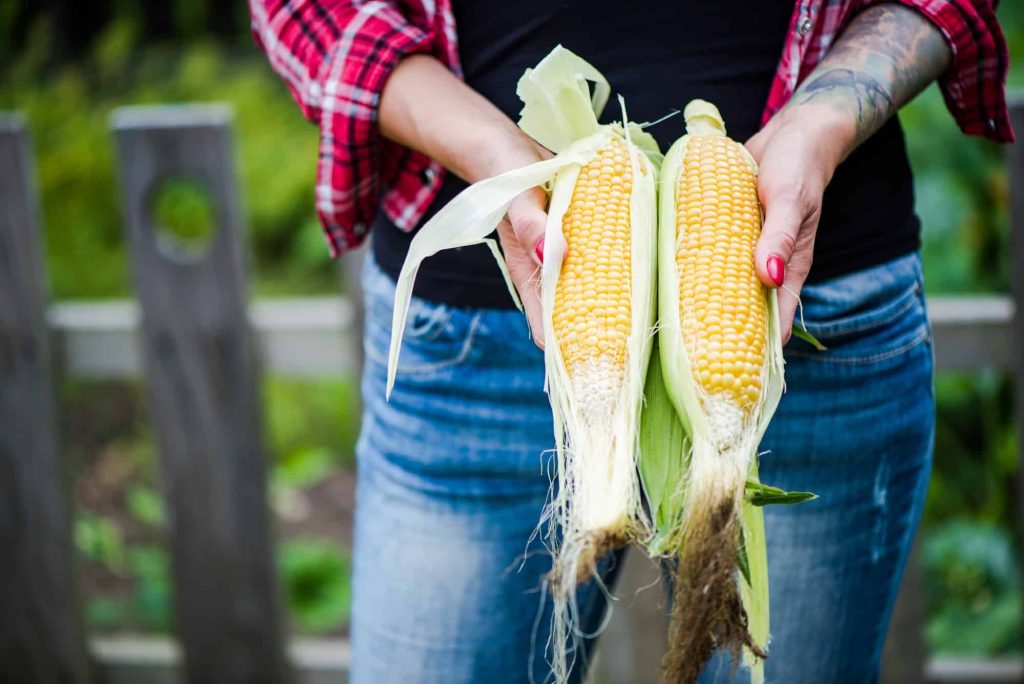Corn is a staple meal eaten by everyone in different parts of the world. It is made into flakes commonly taken by Americans and other delicious dishes. Its seeds are the most useful parts of the plant thus it’s important to have a great harvest. You can produce a bountiful Harvest the old-fashioned way.
Companion planting has been practiced for centuries and is still the best method to harvest a good yield of corn fruit. Corn is one of the best plants to grow in your garden if you want to enjoy its fresh and delicious fruit.
Some of the best companion plants to grow together with corn are mint, thyme, borage, squash, potatoes, nasturtium, dill, and pole beans. Corn does best with a combination of plants and plants that won’t inhibit its growth. It’s not a good idea to grow corn near plants like tomatoes, eggplants, and fennel.
The botanical name for corn is Zea mays. It prefers to grow in warm weather. Corn can get damaged easily by diseases and pests that’s why companion planting is recommended for a small-scale farmer or gardener that doesn’t have the funds for chemicals.
Some plants will protect the corn. These plants should be on your chart of companion plants.
9 Best Corn Companion Plants
Gardeners recommend the cultivation of three plants together. These plants include squash, beans, and corn. They are referred to as “the three sisters”. Other plants will contribute to the yield of corn plants and you should not miss out on its benefits.
1. Borage
The beautiful flowers of borages attract pollinators and insect predators. These predators feed on the pests that pose to attack corn. Borage is a good companion for corn as it repels pests away from it. Borage has medical advantages and is used for culinary purposes.
2. Nasturtium

Aphids are one of the major pests of the corn plant. Nasturtium will offer corn some helping hand here. Nasturtium protects corn by attracting aphids to themselves and keeping them far away from corn. It is a self-sacrificing plant and will do a great job at keeping your corn pest-free.
3. Pole Beans
You can never be wrong planting corn and beans on the same patch. Corn, squash, and beans are referred to as “the three sisters” because the trio is good companions and they benefit each other. Beans supply the soil with nutrients that corn feeds heavily from. Cornstalk can also serve as support for the beans.
4. Thyme
Thyme is the perfect choice of herb to plant with corn. It drives away pests from any plant it companions with. Thyme deters earworms from corn. After your harvest, it can be used to season your foods.
5. Squash
Corn being a heavy feeder requires a continuous supply of nutrients for survival. If it can’t get that, it will appreciate a plant that assists it to conserve moisture. Squash, one of “the Three Sisters” is the perfect companion for conserving moisture. It acts as a mulch. Squash possesses pricks that repel bigger pests like raccoons.
6. Clover
Corn will go well with any plant whose mission is to replenish the soil with nutrients. Clover can serve as a source of mulch for corn. It also fixes nitrogen in the soil like beans. Planting clover with corn increases the yield of the corn plants.
7. Potatoes

Some studies showed that potato is not the best choice of plant to companion with corn. While other studies have proved it is a good companion. Tomato is a bad companion and belongs to the same family as tomatoes. The benefit of planting potatoes and corn on the same patch is corn acts as a shade for potatoes. Potato is at the receiving end of this relationship.
8. Dill
Corn does not have problems growing with aromatic herbs as long as they protect it Dill is another aromatic herb like corn that will repel pests from it. Dill plays a major role in attracting predators that will feed on insect pests that pose danger to corn.
9. Mint
The scent released from mint can irritate the eyes of any human. Mint is a perfect companion for corn. This herb emits a pungent scent that repels not only insect pests but grazing animals. You can grow mint with your corn to keep deer away.
What to Avoid Planting With Corn
Corn isn’t friendly to many plants. It attracts pests and diseases that could affect other plants grown with it. Some plants will hinder them from flourishing. Corn should not be found with plants like;
1. Brassicas
Corn isn’t a good companion for brassicas. Brassicas include cabbage, kale, Brussels, kohlrabi, e.t.c. These plants consume a large part of nutrients and will stunt the growth of your corn. For instance, growing cabbage with corn will result in a competition for nutrients which will leave corn at the depriving end.
Corn will serve as shade for brassicas whereas they love being exposed to direct sunlight.
2. Tomatoes

When you think of nightshade plants, remember that they can spread fungal diseases to other plants. They are good companions for some plants that can resist diseases, but not all plants can do this.
Planting corn with tomatoes will keep it open for infection and pest infestation. Hornworm and corn earworm will gladly attack both plants. There will also be a competition for nutrients between both plants which will deprive one of receiving properly. Competition for nutrients will result in stunted growth.
3. Eggplants
Aubergine is also known as Eggplant is a good companion for some plants but corn isn’t on that list. When tomato hornworms are done destroying corn plants, they head to damage eggplants. It is unprofessional to plant two crops that attract the same pest in the same garden.
4. Fennel
The presence of this plant will cause your corn to cringe. Fennel is a bad companion for other plants. It harms the growth of your crops although it invites pollinators to plants. The harm it causes is more than the good it will do to your corn. Keep them far away from each other.
Corn Companion Planting Guide
- Take out the stumps, weeds, and unnecessary materials from the soil you intend to plant your corn
- Make sure you use a biodegradable pot if you want to start planting indoors
- Provide your corn with a neutral soil
- The best soil temperature for planting corn ranges from 60-65 °F. You can cover the soil with plastic to regulate it to that temperature
- A seed depth of 1-4 inches is the best for germination
- Space your corn plants at least 24 inches apart. Corn takes up nutrients from the soil. Keeping them too close will result in a competition
- Thin your corn plants often
- Manually pollinate your corn plants by transferring some male pollen grains to the female flower
- Plant your corn in an area it can receive full sun
- After planting, supply the soil with some nutrients in the form of manure or compost.
What does corn like to grow next to?
Corn loves to grow with plants that take up a little number of nutrients and will repel pests from it. This includes plants like beans, sunflowers, radishes e.t.c.
What grows well with sweet corn?
Beans grow well with sweet corn. This cover crop replenishes the soil with nitrogen which sweet corn benefits from.
Why are sunflowers planted around cornfields?
Sunflowers attract beneficial insects like ladybugs. Ladybugs are predators of insect pests that can damage corn plants.
How far away should corn be planted from tomatoes?
Corn and tomatoes should never be found around each other. The worst you can do is try to play safe and plant them some inches away from each other. You will produce a poor yield!. Both plants attract and will get destroyed by the same pests. Pests like corn earworms, aphids, fruit worms, and Tomato hornworms are enemies of corn and tomatoes.
What happens if you plant corn too close together?
Corn feeds heavily on nutrients from the soil. When two corn plants are grown closely, they will fight for nutrients and stunt each other’s growth. That’s why thinning is advised when the plants are still young. If you want to produce big and nutritious corn fruits, frown at their proximity and embrace thinning.
Can cucumbers be planted next to corn?
Two heavy feeders should not be planted closely if not their lot will be stunted growth and poor yield.
What is the best spacing for corn?
It could sound funny but spacing corn at least 24 inches apart will prevent them from fighting for nutrients.
What can I do with corn stalks in my garden?
They can serve as a trellis for climbing plants. A Good Gardener will know how to utilize every farm produce. Every part of a plant can be used. The leaves of corn can be used as compost or mulches to conserve moisture.
Conclusion
Corn is not difficult to plant if you adhere to the guidelines. Pests are the major cause of poor yield but you must be proactive as a gardener.
Companion planting is the best way to tackle pest infestation. Pesticides can also be used to get rid of pests but companion planting is a natural method that will benefit your plant more.
Continue discovering companion plants:
- 10 Parsley Companion Plants (What Not to Grow Near Parsley)
- Lettuce Companion Planting (What Not to Grow Near Lettuce)
- Cauliflower Companion Planting (What Not to Grow Near Cauliflower)
- Blueberry Companion Plants (What Not To Grow Near Blueberries)
- Pumpkin Companion Plants (What Not To Grow Near Pumpkins)
- Strawberry Companion Plants (What Not To Grow Near Strawberries)

